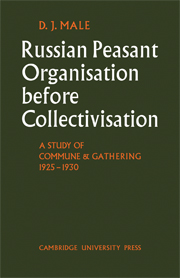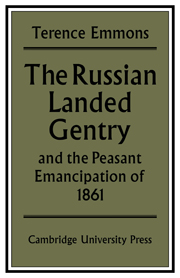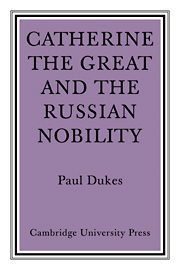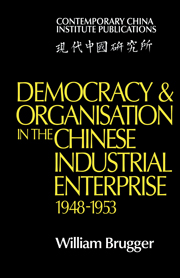Russian Peasant Organisation Before Collectivisation
Most Russian peasants in the mid-1920s held their land as members of a commune (or mir), the old Russian form of land-holding. The revolution had brought a revival in the fortunes of the institution. This was not a welcome development to the Bolsheviks and the Soviet government unsuccessfully attempted to supplant the commune as the focus of rural affairs, by instituting the rural Soviets. The debate on land-holding in the mid-twenties bore fruit only in encouraging peasants to modify the worst inefficiencies of strip farming.
Product details
September 2008Paperback
9780521077750
264 pages
224 × 144 × 18 mm
0.3kg
Available
Table of Contents
- Part I. The Commune: Its function and organisation in its agricultural perspective:
- 1. Land holding in European Russia in the 1920s
- 2. Function and organisation
- Part II. The Commune and Soviet Society:
- 3. The Commune and the Soviet network
- 4. Collectivisation and the Commune.





